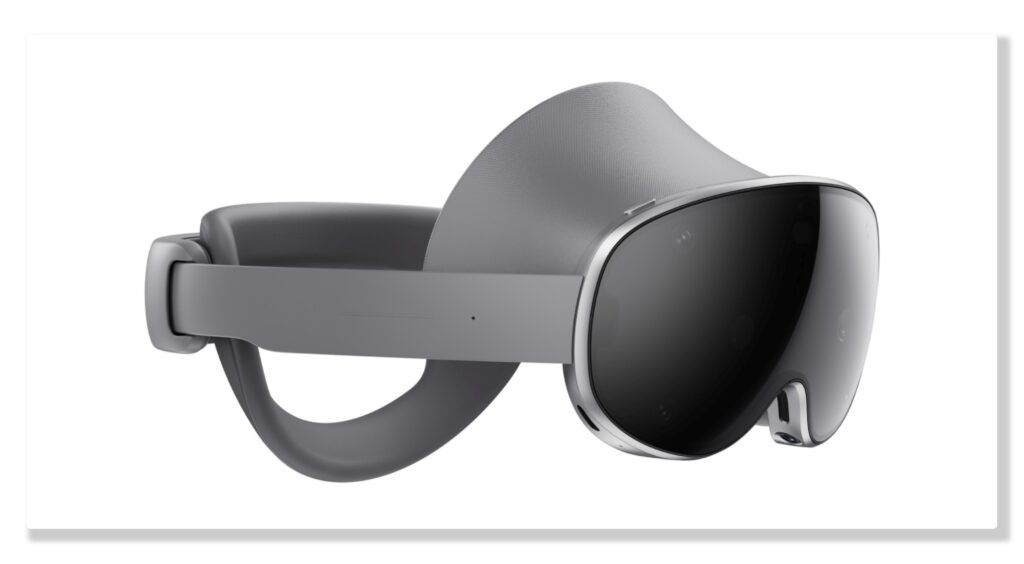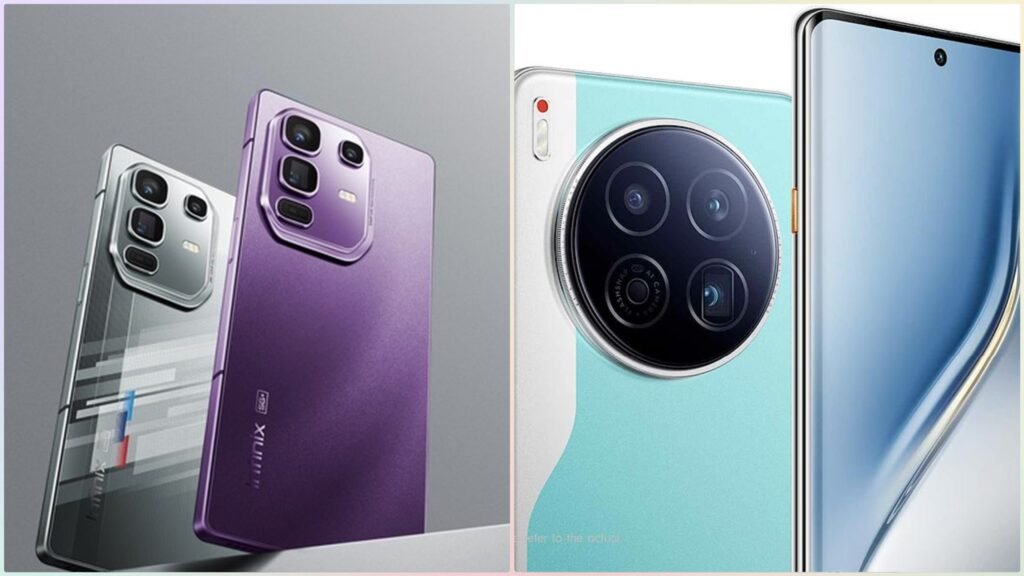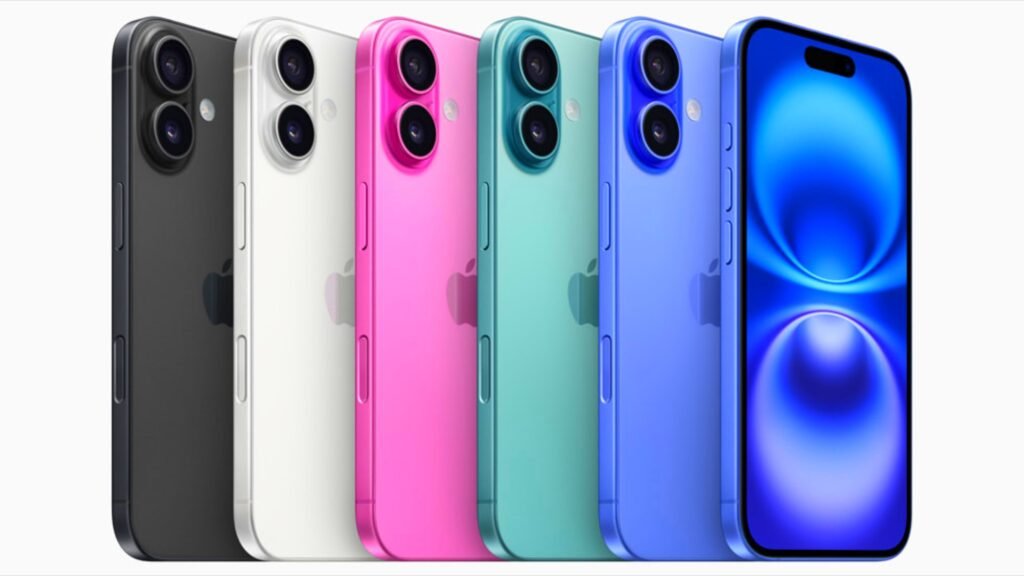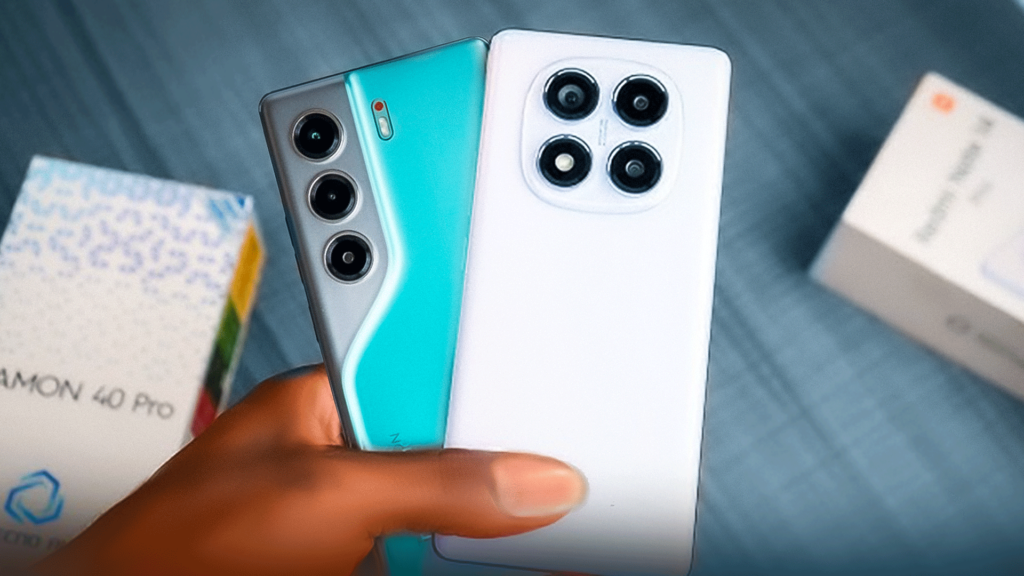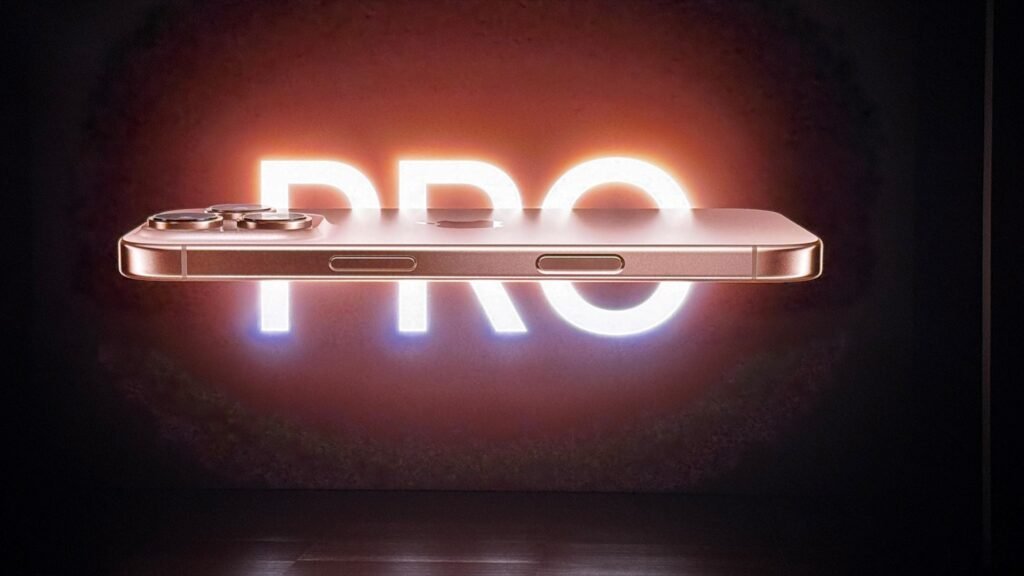In the rapidly evolving world of mixed reality (MR), two titans are vying for dominance: the Samsung Galaxy XR (launched October 21, 2025) and the Apple Vision Pro (updated with M5 chip in 2025). These cutting-edge devices blend the real and virtual worlds in immersive and dynamic ways. In this post, we’ll dive into the verified features of both headsets, comparing them directly to help you decide which fits your tech needs.
The Design: A Look at the Build Quality
Both devices prioritize comfort for extended wear, but they differ in materials and weight distribution. The Galaxy XR uses lightweight composite materials with a tethered battery design to reduce headset weight. The Vision Pro features a premium aluminum-and-glass build with a flexible knit band system.
| Feature | Samsung Galaxy XR | Apple Vision Pro (M5) |
|---|---|---|
| Material | Lightweight composite (reinforced polymers) | Custom aluminum alloy + laminated glass |
| Comfort | Adjustable strap + detachable light shield | Dual Loop or Solo Knit Band |
| Weight | ~520g (headset only) | ~600g (headset only) |
Display Technology: Visual Experience Comparison
Both headsets use micro-OLED panels—not standard OLED. The Galaxy XR pushes pixel density higher, while the Vision Pro excels in color calibration and ecosystem-optimized rendering.
| Feature | Samsung Galaxy XR | Apple Vision Pro (M5) |
|---|---|---|
| Display Type | Dual 4K micro-OLED (per eye) | Dual micro-OLED (~3,660×3,200 per eye) |
| Resolution | ~4,032 ppi | ~3,386 ppi |
| Color Accuracy | Excellent HDR, vibrant | Superior calibration, true-to-life |
Performance: Powering Mixed Reality Experiences
The Galaxy XR runs on Qualcomm’s Snapdragon XR2+ Gen 2, optimized for Android XR. The Vision Pro pairs the M5 chip with the R1 co-processor for real-time sensor processing.
| Feature | Samsung XR | Apple Vision Pro |
|---|---|---|
| Processor | Exynos chipset | M2 and R1 chips |
| RAM | 6GB | Optimized performance |
| Power Efficiency | Good, with limited features | Excellent, highly optimized |
User Interface: A Glimpse into the Future
Both devices support eye-tracking + hand gestures. The Galaxy XR integrates Google Gemini AI for contextual voice and multimodal input. The Vision Pro offers seamless visionOS integration with iPhone/Mac.
| Feature | Samsung Galaxy XR | Apple Vision Pro (M5) |
|---|---|---|
| User Interface | Eye + gesture + Gemini AI voice | Eye + gesture + Siri |
| Control Precision | Low-latency, highly accurate | Ultra-precise, seamless |
| Customization | Android XR + Play Store apps | visionOS + deep Apple ecosystem |
Battery Life: How Long Can You Stay Immersed?
Both use tethered external batteries (not built-in). Real-world usage is closer to 2.5–4 hours, depending on workload. The Galaxy XR supports any USB-C power bank for extended use.
| Feature | Samsung Galaxy XR | Apple Vision Pro (M5) |
|---|---|---|
| Battery Life | 3–4 hours (tethered pack) | 2.5–3.5 hours (tethered pack) |
| Charging | USB-C (power bank compatible) | Magnetic tethered pack |
Price: Value for Money
The Galaxy XR launches at a lower price with broader app access via Android. The Vision Pro remains a premium investment for Apple ecosystem users.
| Feature | Samsung Galaxy XR | Apple Vision Pro (M5) |
|---|---|---|
| Price | $1,799 (or $149/mo financing) | $3,499 |
| Target Audience | Android users, open-platform fans | Apple ecosystem power users |
Conclusion: Which One Should You Choose?
Both the Samsung XR and Apple Vision Pro push the boundaries of what’s possible in mixed reality.
| Choose Samsung Galaxy XR if you want:
- Lower price with premium specs
- Android + Google ecosystem (Gemini, Play Store)
- Power bank flexibility and optional controllers
| Choose Apple Vision Pro if you want:
- Seamless Mac/iPhone integration
- Best-in-class color accuracy and build
- Future-proof M5 performance
Both push MR forward—but your ecosystem and budget will decide the winner.
For hands-on demos and reviews, visit Samsung Experience Stores or Apple Stores. Subscribe to our YouTube Channel for real-world tests and app comparisons!
